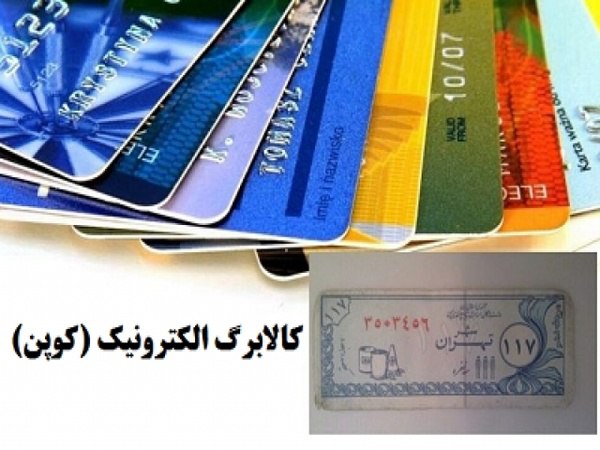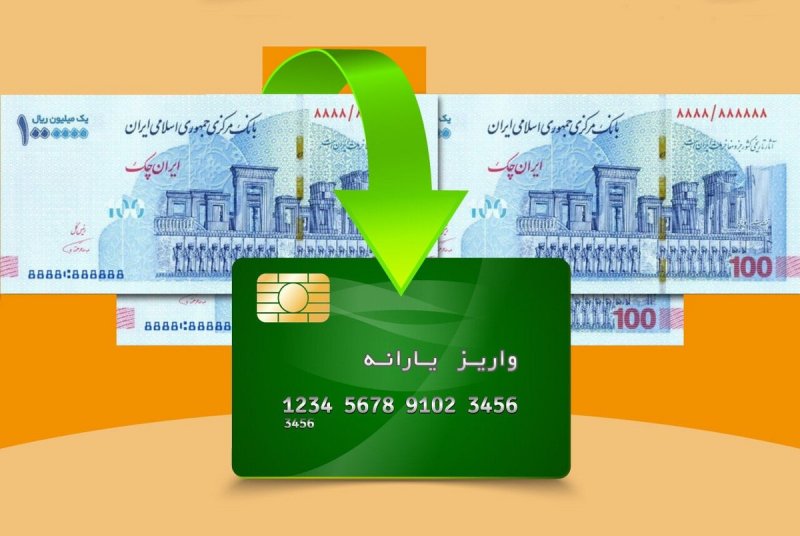The Subsidy That Vanished and Didn’t Solve People’s Problems
The subsidy that vanished and didn’t solve people’s problems has recently been brought up again in expert and legislative circles regarding how subsidies are allocated to different segments of society. The focus of these discussions is the implementation of welfare policies. Some believe that cash subsidies are effective, while others argue that the government is obligated to provide ration cards or coupons.
Last year, alongside presenting the 2022 budget bill to the parliament, some representatives raised concerns about the government’s plans for the coming year. The government emphasized the need to eliminate the preferential exchange rate, known as the 4200 toman dollar, in the budget bill.
The alignment of the vast majority of representatives with the Raisi government led to the implementation of this policy. However, some parliamentarians decided to pressure the government to distribute ration cards in 2022.
Now, seven months into the year, this policy has still not been implemented. On the other hand, the cash subsidy, which was set at 300,000 tomans last year, continues to be paid. However, many economists believe that the government, unwilling to bear the cost of ration cards, will certainly not comply with this law and will continue to pay cash subsidies. The issue is that the subsidy set at 300,000 tomans last year has now significantly lost its value.
What Was the Real Value of Last Year’s Subsidy?
When the government and parliament decided together to increase the cash subsidy amount, many protested that 300,000 tomans would be a large amount. But the point is that the government is not paying a 300,000 toman subsidy; rather, it has added about 254,000 tomans to the cash subsidy amount. However, Raisi has repeatedly mentioned the 300,000 toman increase in cash subsidies.
What Is the Current Value of the Cash Subsidy?
The government began paying a 300,000 toman cash subsidy in 2021, but according to law, it was supposed to meet a family’s need for essential goods each month. Meanwhile, the extremely high inflation of essential goods over the past year has hit people’s pockets so hard that the cash subsidy has lost even the limited effectiveness it had last year.
Looking at the over 60% inflation rate for essential goods, it can be said that the 300,000 toman cash subsidy has currently lost about 180,000 tomans of its value. In other words, the Raisi government is not depositing a 300,000 toman subsidy into people’s accounts. Considering the inflation of essential goods in October 2022, it is effectively depositing 120,000 tomans each month as a cash subsidy.
Now, if we assume that the inflation rate for essential goods remains at this level and, contrary to existing evidence, does not increase significantly over the next year, the cash subsidy in 2023 will have far less value than today’s 120,000 tomans.
Assuming a 60% inflation rate for essential goods, it can be said that the cash subsidy will lose more than 72,000 tomans of its value by the end of October 2023. In other words, next year, the government will not only not pay the 300,000 toman subsidy but will deposit an amount equivalent to 48,000 tomans into citizens’ accounts.
Next Year, the Subsidy Will Be 40,000 Tomans Again
Based on the previously mentioned formula, it can be expected that in the second half of 2023, the value of the 300,000 toman subsidy being deposited today will drop to less than 40,000 tomans. This amount was mocked and criticized by hardline conservatives in response to the Rouhani government’s performance because the government was depositing 45,500 tomans, and the Raisi government had launched a wide media campaign promoting the 300,000 toman subsidy.
Now, with this trend, it can be said that only a year and a half after Rouhani handed over power to Raisi, the value of cash subsidies will be even less than what Rouhani was paying.

Is Cash or Commodity Subsidy Better?
Given the rampant inflation that has gripped Iran’s economy, it can be said that paying any amount of cash subsidies not only cannot significantly impact people’s purchasing power but also serves as a populist and deceptive tool for some politicians. In fact, the government intends to divert public attention from receiving commodity baskets or electronic coupons by depositing cash.
This is a point that, according to law, should be implemented by the government. However, because the Raisi government sees such a policy as conflicting with its interests, it refrains from distributing ration cards or commodity baskets. In reality, if the government were to provide a commodity basket, it would have to supply the required items without considering inflation and price changes. But with cash subsidies, not only does inflation benefit the government, but Raisi can also use it as a tool for propaganda.
Two Related Contents on Iran Gate
- Raisi Government’s Data Manipulation Doesn’t Solve Problems
- What Sanctions Have Done to People’s Livelihoods

